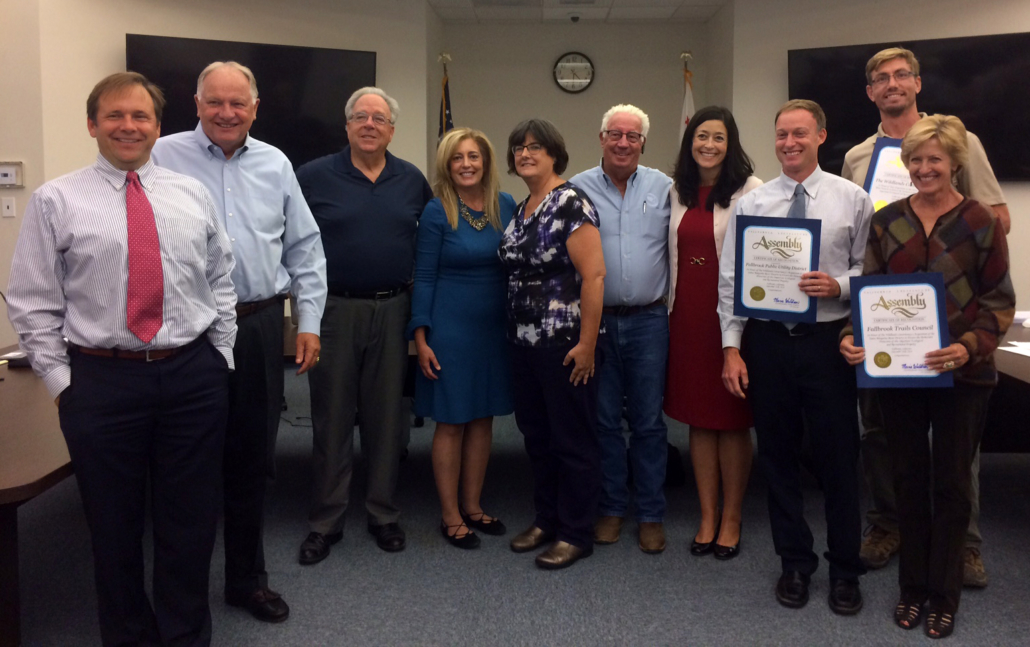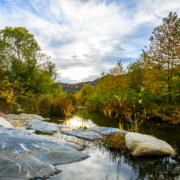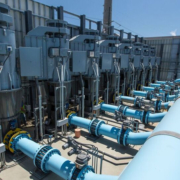Fallbrook, Calif. – The parking lot at the Sandia Creek trailhead was supposed to be 150 feet under water, if everything had gone as planned.
The land was supposed to be flooded and turned into a dam. That would have made for some beautiful lakefront property in Fallbrook.
But things didn’t quite turn out as planned back in the 1960s when Fallbrook Public Utility District purchased 1,384 acres of rural property there.
The intent was to dam the Santa Margarita River and share the water with Marine Corps Base Camp Pendleton.
But many things got in the way of that plan. War happened. Leadership faces changed. There was lack of urgency and funding. Legal issues over water rights ensued. And environmental interests began to grow with the Endangered Species Act and the Clean Water Act.
Since that time, the property has remained untouched and more than 18 miles of hiking trails have developed. Those trails have become a cornerstone in Fallbrook, attracting up to 80,000 hikers and horseback riders each year.
Earlier this year, FPUD agreed to sell the land to Wildlands Conservancy for $10 million. The two entities are currently in escrow.
Why sell to a conservancy, not a developer for more money?

Assemblymember Marie Waldron presented the district’s board of directors with a certificate of recognition for successfully preserving the land. She also presented the Wildlands Conservancy and the Fallbrook Trails council with certificates. Photo: FPUD
Selling the land to a conservancy ensures the popular Fallbrook hiking destination will remain preserved and open to the public forever, something the FPUD board of directors insisted upon before agreeing to sell the land. Thanks to a carefully crafted sales and legal agreement, the land can never be turned into a housing development or anything other than the trails.
“We all worked so hard on this for so long and we are so happy and proud these trails will remain open indefinitely,” said Al Gebhart, FPUD board president.
This money, along with construction of the Santa Margarita River Conjunctive Use Project, will help mitigate long-term water costs. The Conjunctive Use Project is a local water project 66 years in the making. Once built, it will provide about a third of FPUD’s water.
Having local water will help stabilize the cost of water for customers. The local water will be less expensive than buying imported water, which travels over 400 miles to get to Fallbrook, and continues to rise in cost each year. Currently, FPUD buys 100 percent imported water. Over time, the project will provide rate relief to FPUD customers.
Staying in charge of the hiking trails
The all-volunteer Fallbrook Trails Council has been maintaining the hiking trails for the past 20 years and will continue to maintain and oversee them once escrow closes. FPUD and Wildlands expect escrow to close by the end of the year.
Wildlands will have a dedicated full-time staff person. Zach Kantor-Anaya will be the manager of the trails preserve. Wildlands Conservancy maintains California’s largest nonprofit preserve system, emphasizing education and recreational use of conservation land.





